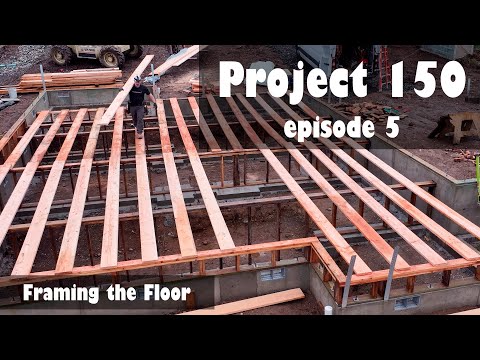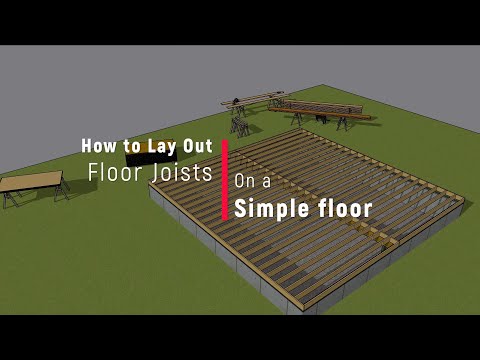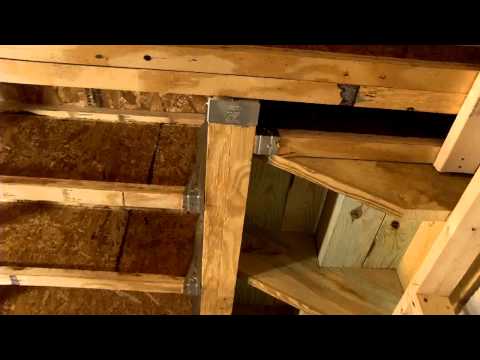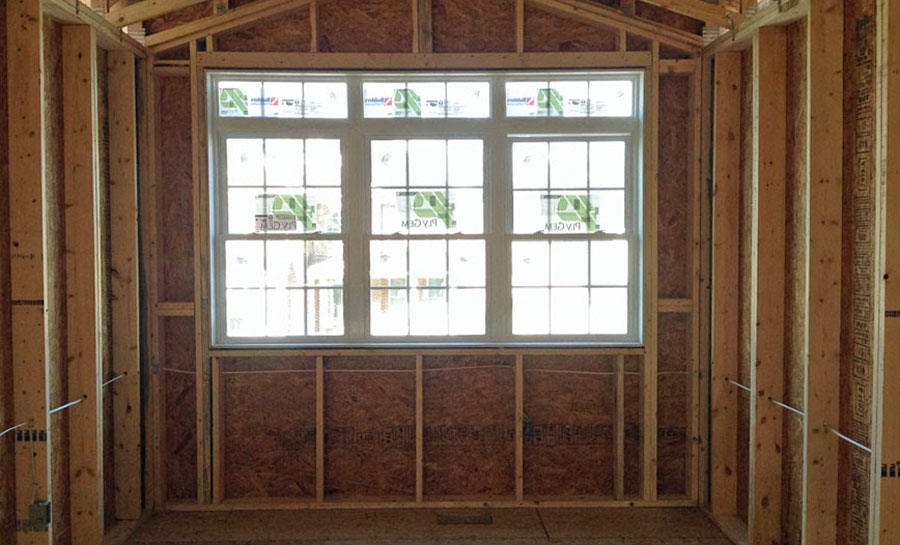Understanding layout is essential for ensuring the structural integrity and efficient construction of houses, decks, sheds, and more. Mastering layout techniques are among the first steps to enhancing your carpentry skills and increasing your value. In this video, Erik explains the process and importance of basic layout skills.
Why floor, wall, and roof layout matters
Layout serves several crucial purposes in construction. Firstly, it ensures that walls and floors have uniform strength by evenly spacing studs and floor joists. This even distribution of support prevents weak spots and guarantees structural stability.
Secondly, a consistent layout allows spaces to align properly on each floor, creating a seamless structure from top to bottom. This alignment is especially important for accommodating mechanical systems and wiring without any obstructions, thus keeping the mechanical contractors happy.
Finally, accurate layout enables sheet goods such as plywood and drywall to fit perfectly onto studs, floor joists, and rafters, eliminating the need for cutting and maximizing material usage.
Common layouts: 16 and 24 o.c.
Layouts commonly used in construction projects include 16 inches on-center, 24 inches on-center, and 19.2 inches on-center.
With 16 inches on-center, an eight-foot span is divided into six evenly spaced sections. For 19.2 inches on center, the same eight-foot span is divided into five equal sections. Finally, with 24 inches on-center, the eight-foot span is divided into four even sections.
The significance of these layouts lies in their compatibility with standard eight-foot sheet goods, such as plywood and sheetrock, making it easier to install them on the wall.
Achieving an accurate on-center layout is a crucial skill in construction. When placing studs, floor joists, or rafters on-center, it is important to mark the edge of the component instead of the center itself. This marking technique allows for visibility during installation and facilitates the alignment of the framing square with the plate.
By marking the edge, you ensure that the stud is correctly positioned and maintain reference points throughout the construction process.
Additionally, when cutting plates to the appropriate length, it is advisable to trim them to exactly 16 or 8 feet, even if the nominal length may differ slightly. This precision helps align the tape measure on the end of the plate for an accurate wall layout.
Layout the doors and windows first
Before proceeding with the regular layout, it is recommended to outline the positions of windows and doors in the wall.
For instance, when marking a center point for a door, indicate the rough opening, which typically has 2 inches of extra space beyond the door size. This extra space allows for adjustments during installation.
Marking the centerline and using appropriate symbols for jack studs and king studs helps ensure the correct positioning and framing of the door.
Framing layout
Framing layout plays a vital role in establishing the structural integrity of a building. By aligning the studs on-center, they align with other framing components, such as rafters.
However, combining different layout types, such as 16 inches on-center for walls and 24 inches on-center for rafters, can be necessary to meet structural requirements and optimize load-bearing capabilities.
Understanding layout techniques is essential for every construction professional. By maintaining even spacing, achieving proper alignment, and maximizing material usage, layout skills contribute to the overall efficiency and quality of a building project.











